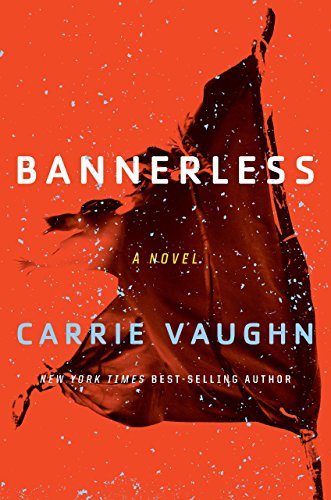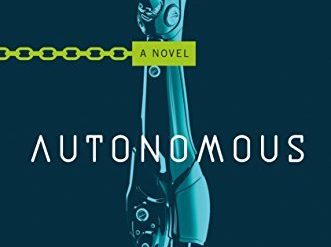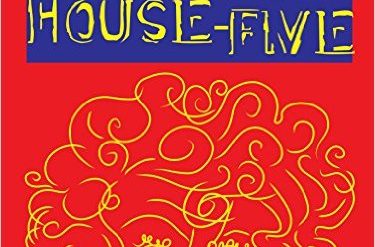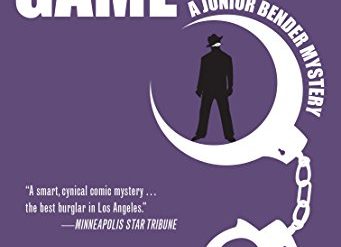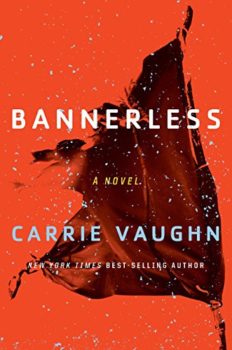
What are the roots of the biggest problems confronting humanity today? Amid a long list of possibilities, two stand out: overpopulation and overconsumption. Today, we are beginning to confront the resource limits of our planet, drinkable water and arable land most prominently among them. In some not-too-distant tomorrow, billions may die as a result.
Carrie Vaughn’s novel, Bannerless, depicts a 22nd-century world a century after the chickens came home to roost. “There wasn’t an anniversary of the day when the Fall happened. The process lasted years,” she writes. Monster storms devastated communities all across the surface of the planet. Rising sea levels flooded coastal cities. Pandemic disease killed off billions, and not just one disease but one after another. It all played out gradually, over two decades. Only a tiny remnant survived to harvest what little technology remained functional after the Fall. And now, as the novel opens, the last people with memories of life before the Fall have all died.
With resources scarce, population control is essential
In Bannerless, small communities of survivors live in villages and towns strung along California’s Coast Road. The economy is based strictly on barter. Farmers trade crops and animals for goods produced by artisans. Marketplaces reminiscent of medieval Europe offer opportunities for trade and socializing. But few venture out on the roads. A handful of solar cars remain operational, and a small number of horses pull carts carrying goods for sale. Nearly everyone walks, with journeys between settlements often requiring days.
Bannerless (Bannerless Saga #1) by Carrie Vaughn ★★★☆☆
Rigid rules are in place to limit population and protect arable land from overfarming. The people live in small “households” of as few as four individuals. From the age of puberty onward, women wear implants in their arms to prevent pregnancy. A household must earn the right to have a baby by meeting production quotas and sticking to the rules. Then it is issued a “banner,” a cloth wallhanging “a foot square on either side, a red-and-green checked pattern for blood and life.” There is constant tension between those who insist on faithful adherence to the rules and those who are willing to forego letting a field go fallow in hopes of creating a surplus. “With a surplus the town could support a couple more mouths, hand out a couple more banners. Folk always wanted more banners.” The centerpiece of this new world is population control.
To enforce the rules, painstakingly trained investigators travel the roads whenever reports surface of possible violations. The brown uniforms they wear strike fear into the hearts of the others, since an investigation might lead to a household being broken up or an entire settlement disbanded. Exceeding quotas, hoarding food, or “bannerless” pregnancies are the gravest infractions. “If you had too many babies, if they couldn’t be fed, if there was another epidemic or famine, they couldn’t take care of everyone, and the Fall would happen all over again.”
I found this picture of Earth after the Fall thought-provoking. It’s a cautionary tale about humanity’s folly, and a timely one. But the plot is is weak, and the characters who play large roles in the story are not fully fleshed out. Carrie Vaughn gets high marks for a fertile imagination, much lower for storytelling.
For related reading
For more good reading, check out:
- These novels won both Hugo and Nebula Awards
- The ultimate guide to the all-time best science fiction novels
- 10 top science fiction novels
- The top 10 dystopian novels
- Ten new science fiction authors worth reading now
And you can always find my most popular reviews, and the most recent ones, on the Home Page.

